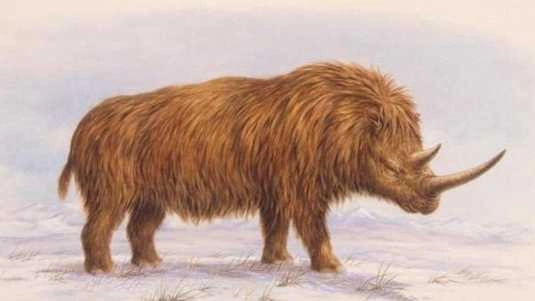32,000-Year-Old Woolly Rhinoceros Found in Good Condition in Russia: 'Chance of 1 in 10,000'

17
World
September 28, 2024 11:49
russia - A young woolly rhinoceros, over 32,000 years old, discovered in Siberia in remarkably well-preserved condition, providing valuable insights for scientific research.
A young woolly rhinoceros, over 32,000 years old, was unearthed in Siberia, having been preserved under the Russian permafrost. This creature lived more than 32,000 years ago in East Siberia and is described as 'one of the largest herbivores in the Ice Age ecosystem, second only to the woolly mammoth,' by Love Dalén, a professor of evolutionary genetics at Stockholm University.
The exceptional preservation of this rhinoceros after millennia in the permafrost is rare. Dalén stated, 'The vast majority of Ice Age animal remains are bones and teeth without flesh or skin. It's probably about 1 in 10,000 times or so that you come across something like this.' Such specimens are crucial for future research since genetic tests can only be performed on tissue rather than bones.
Examination of the carcass revealed that the woolly rhinoceros died when it was about four years old. Its age and condition have allowed scientists to learn more about this now-extinct species. The rhinoceros had a large hump on its back and its fur darkened as it aged. Dalén suggested that the hump could have been an energy reserve for the winter, a common adaptation among Arctic animals.
Furthermore, an analysis of the fur uncovered traces of water fleas and small parasitic crustaceans that are now extinct. The study, published in the scientific journal Doklady Earth Sciences, noted the discovery of several remnants of microscopic crustaceans in the wool, including specimens of the genus Moina (Cladocera: Moinidae), which are now absent in the area.